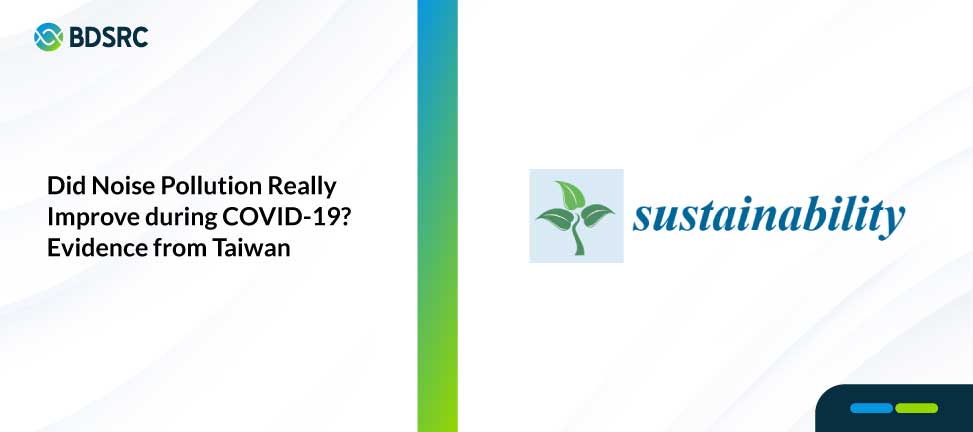Did Noise Pollution Really Improve during COVID-19? Evidence from Taiwan

Background and objectives: The impacts of COVID-19 are like two sides of one coin. Dur- ing 2020, there were many research papers that proved our environmental and climate conditions were improving due to lockdown or large-scale restriction regulations. In contrast, the economic conditions deteriorated due to disruption in industry business activities and most people stayed at home and worked from home, which probably reduced the noise pollution. Methods: To assess whether there were differences in noise pollution before and during COVID-19. In this paper, we use various statistical methods following odds ratios, Wilcoxon and Fisher’s tests and Bayesian Markov chain Monte Carlo (MCMC) with various comparisons of prior selection. The outcome of interest for a parameter in Bayesian inference is complete posterior distribution. Roughly, the mean of the posterior will be clear with point approximation. That being said, the median is an available choice. Findings: To make the Bayesian MCMC work, we ran the sampling from the conditional posterior distributions. It is straightforward to draw random samples from these distributions if they have regular shapes using MCMC. The case of over-standard noise per time frame, number of noise petition cases, number of industry petition cases, number of motorcycles, number of cars and density of vehicles are significant at α=5%. In line with this, we prove that there were differences of noise pollution before and during COVID-19 in Taiwan. Meanwhile, the decreased noise pollution in Taiwan can improve quality of life.
Sustainability (Switzerland)
Rezzy Eko Caraka, Yusra Yusra, Toni Toharudin, Rung Ching Chen Mohammad Basyuni, Vilzati Juned Prana Ugiana Gio, Bens Pardamean
